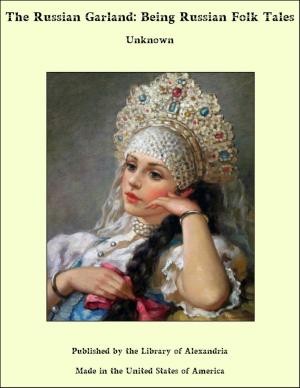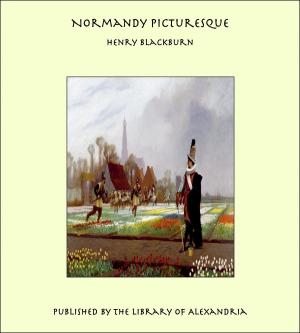| Author: | Lieutenant-Colonel John Shakespear | ISBN: | 9781465614612 |
| Publisher: | Library of Alexandria | Publication: | March 8, 2015 |
| Imprint: | Language: | English |
| Author: | Lieutenant-Colonel John Shakespear |
| ISBN: | 9781465614612 |
| Publisher: | Library of Alexandria |
| Publication: | March 8, 2015 |
| Imprint: | |
| Language: | English |
The Lushei chiefs now rule over the country between the Kurnaphuli river and its main tributary, the Tuilianpui on the west, and the Tyao and Koladyne river on the east, while their southern boundary is roughly a line drawn east and west through the junction of the Mat and Koladyne rivers and their most northerly villages are found on the borders of the Silchar district. Within this area, roughly 7,500 square miles, there are only a few villages ruled over by chiefs of other clans, and outside it there are but few true Lushei villages, though I am told that there are villages of people very closely connected with the Lusheis, on the southern borders of Sylhet, in Tipperah and in the North Cachar Hills, and there are a few in the Chittagong Hill tracts. All the Lushai Kuki clans resemble each other very closely in appearance and the Mongolian type of countenance prevails. One meets, however, many exceptions, which may be due to the foreign blood introduced by the many captives taken from the plains and from neighbouring tribes; but these are not worth considering, and the description of the Kuki written by Lt. Stewart close on 80 years ago cannot be improved on. “The Kukis are a short, sturdy race of men with a goodly development of muscle. Their legs are, generally speaking, short in comparison with the length of their bodies, and their arms long. The face is nearly as broad as it is long and is generally round or square, the cheek bones high, broad and prominent, eyes small and almond-shaped, the nose short and flat, with wide nostrils. The women appear more squat than the men even, but are strong and lusty.” In Lushai clans both sexes are as a rule rather slighter made than among the Thado and cognate clans, whom Lt. Stewart was describing. Adopting the scale given in the handbook of the Anthropological Institute, the colour of the skin varies between dark yellow-brown, dark olive, copper-coloured and yellow olive. Beards and whiskers are almost unknown, and a Lushai, even when able to grow a moustache, which is not often, pulls out all the hairs except those at the corners of his mouth. The few persons with hairy faces may, I think, be safely said to be of impure blood.
The Lushei chiefs now rule over the country between the Kurnaphuli river and its main tributary, the Tuilianpui on the west, and the Tyao and Koladyne river on the east, while their southern boundary is roughly a line drawn east and west through the junction of the Mat and Koladyne rivers and their most northerly villages are found on the borders of the Silchar district. Within this area, roughly 7,500 square miles, there are only a few villages ruled over by chiefs of other clans, and outside it there are but few true Lushei villages, though I am told that there are villages of people very closely connected with the Lusheis, on the southern borders of Sylhet, in Tipperah and in the North Cachar Hills, and there are a few in the Chittagong Hill tracts. All the Lushai Kuki clans resemble each other very closely in appearance and the Mongolian type of countenance prevails. One meets, however, many exceptions, which may be due to the foreign blood introduced by the many captives taken from the plains and from neighbouring tribes; but these are not worth considering, and the description of the Kuki written by Lt. Stewart close on 80 years ago cannot be improved on. “The Kukis are a short, sturdy race of men with a goodly development of muscle. Their legs are, generally speaking, short in comparison with the length of their bodies, and their arms long. The face is nearly as broad as it is long and is generally round or square, the cheek bones high, broad and prominent, eyes small and almond-shaped, the nose short and flat, with wide nostrils. The women appear more squat than the men even, but are strong and lusty.” In Lushai clans both sexes are as a rule rather slighter made than among the Thado and cognate clans, whom Lt. Stewart was describing. Adopting the scale given in the handbook of the Anthropological Institute, the colour of the skin varies between dark yellow-brown, dark olive, copper-coloured and yellow olive. Beards and whiskers are almost unknown, and a Lushai, even when able to grow a moustache, which is not often, pulls out all the hairs except those at the corners of his mouth. The few persons with hairy faces may, I think, be safely said to be of impure blood.















